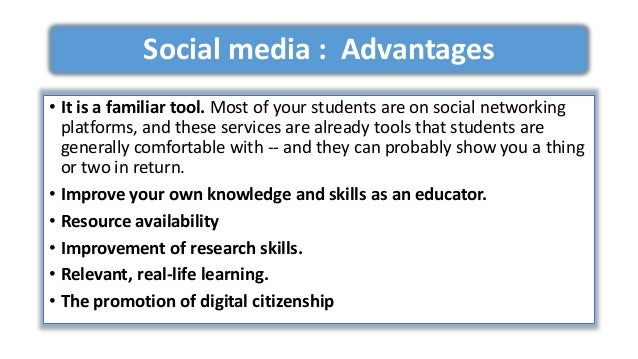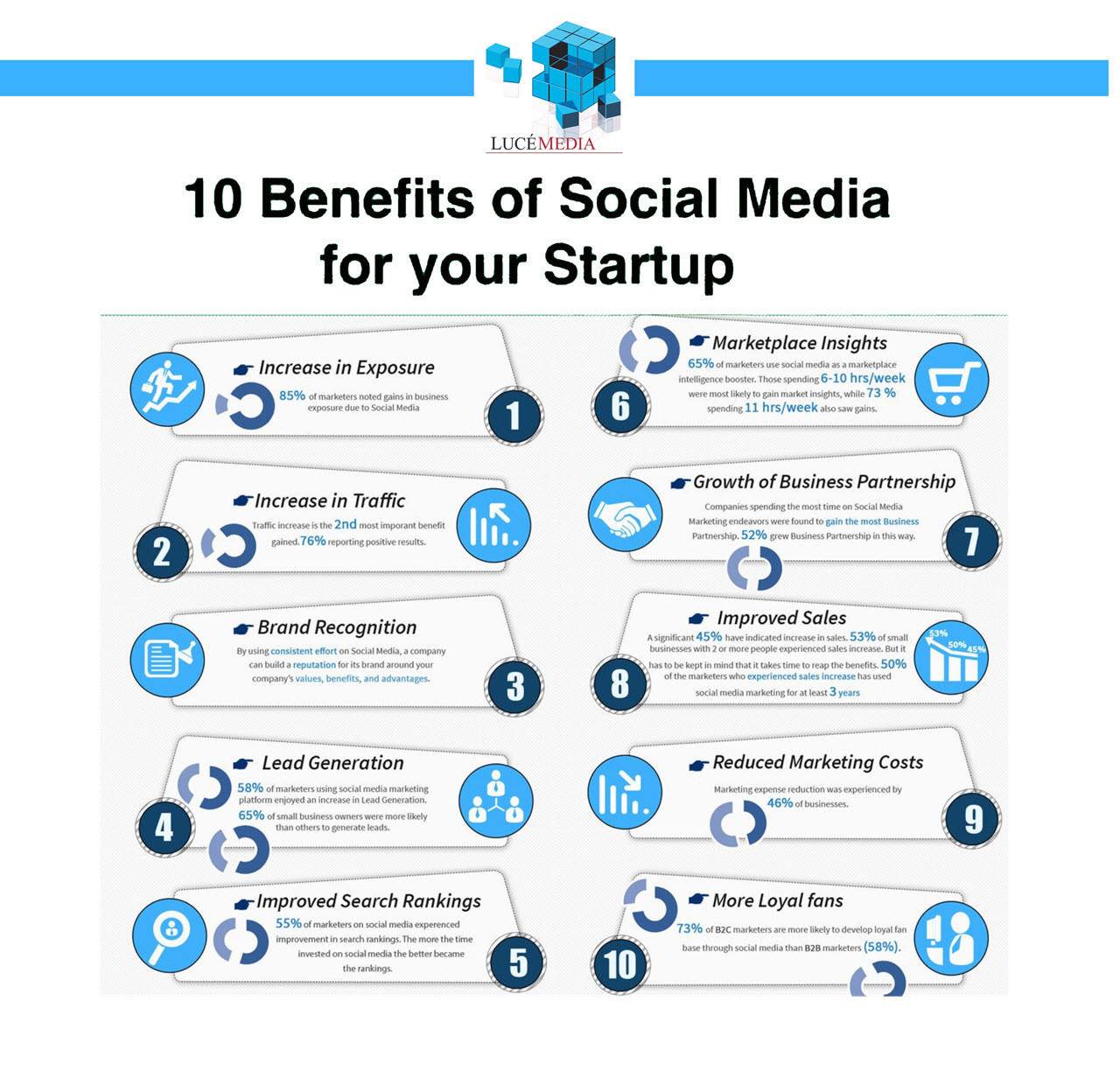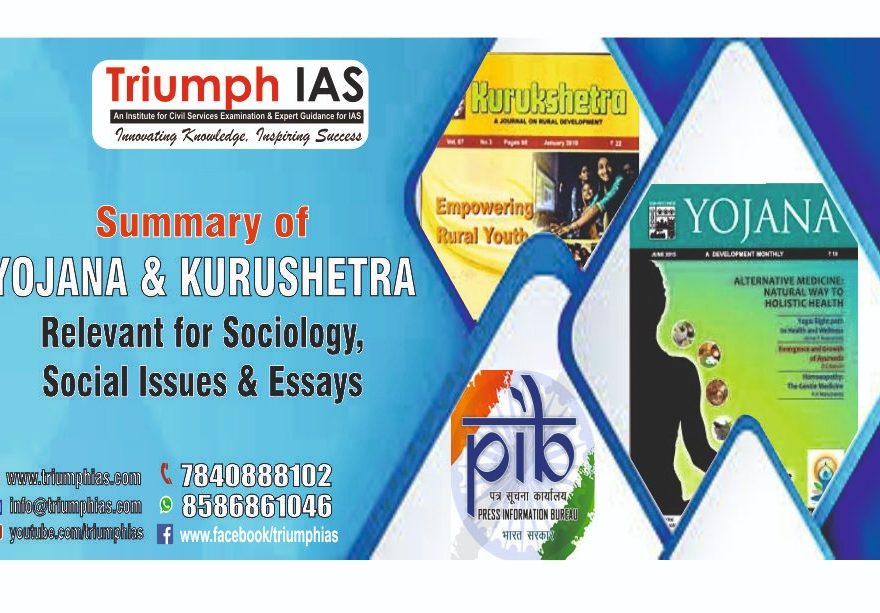Relevance: Mains: G.S paper III: Science and technology
Introduction:
• Social media has become a game changer in the way federal, regional, and local government agencies are engaging, interacting, and communicating with citizens.
• The Indian Government has been at the forefront of these emerging trends–it has rapidly adopted the latest digital technologies and embraced new forms of social media communication tools in the discharge of its governance and administrative duties.
• The Government of India’s ambitious Digital India Programme is aimed at transforming India into a digitally empowered society and knowledge economy. This initiative is anchored by the Ministry of Electronics and Information Technology (MeitY), but is implemented across the federal framework of the country covering central, state, and local organisations in both the public and private space.
• Most government departments and agencies now maintain an active presence on the popular social media channels. They have created official accounts, have large number of followers, and regularly share news updates, departmental notifications, or public announcements on their channels. Not just departmental accounts even executive officers, bureaucrats, politicians, ministers etc. are active on social media and regularly cross share (or retweet) each others’ updates.
• The content they share can be of any form–videos, images, presentations, text, pdfs, GIFs etc, though videos are often the most engaging format and evoke the best viewer response.
• Here is a compilation of twelve ways in which Indian Government agencies are using social media as a force multiplier in their work:

Crisis / Disaster Management:
• Whenever there is a big, unexpected crisis, citizens tend to panic and look for directions and advisories from their elected representatives. The government machinery springs into action and they need to emphatically communicate to citizens the SOP (standard operating procedures) to be adopted. What adds to the heat of the moment is the possibility of (panic induced) rumours that may lead citizens astray.
• Social media is now increasingly being used by governments to reach out to citizens during such crisis. Two recent examples bear out this trend–the first one is a cyclone alert from the National Disaster Management Agency (NDMA) on India’s eastern coasts (in the state of Odisha), while the other one is an advisory from PIB (Indian Government’s Press Information Bureau) to citizens for the lockdown imposed due to COVID-19.
Citizen Engagement:
• One of the best roles social media can play is to act as a medium for continuous engagement between governments and its citizens. Citizens should feel their governments are participatory and welcoming, and be able to contribute their ideas, comments and suggestions in policy formulation and program implementation.
• The Indian Government’s MyGov platform has proven to be popular with citizens in this regard. Apart from MyGov, other social media channels used by the Indian Government (Twitter, Facebook, WhatsApp, Instagram) also promote citizen engagement, participation, and transparency in this important relationship.
Citizen Grievances and Support:
• Social media has emerged as a very impactful, real-time channel for citizen grievances and support.
• Most citizen services (specially the public facing ones) maintain active accounts on social media and encourage citizens to directly reach out with their grievances. Given all this is happening in full public view, there is pressure on the service providers to resolve the issue (if possible, in real-time, else with some delay), while appearing fair, transparent, and responsive for everyone to see.
• Sometimes when the query gets resolved quickly, citizens express their gratitude and elation immediately. This expression can act as an authentic validation or testimonial for the service.
Example:
• The two examples below are common on social media these days–the first one is about a traffic complaint to Mumbai Police, while the other one is a realtime grievance filed by a traveller on Indian Railways to the Railways Bengaluru Division.
Law and Order:
• Amongst governmental agencies, police departments are arguably one of the most active users of social media channels. This is because their jobs hover around real-time, public facing situations, which are frequently subject to rumours, false alerts etc.
• They are required to display trust in their public dealings and communicate unequivocally. The Police frequently needs to make public announcements–something that social media is well-suited for.
Example:
• This Delhi Police advisory on Twitter is a telling example how police uses social media to alert citizens about circulating rumours.
Hiring and Recruitment:
• Some government agencies are using social media hiring channels for attracting best-in-class talent for their job vacancies. “LinkedIn” is a popular online recruitment platform–here is an example of a vacancy posted by NISG (National Institute of Smart Government) for technical positions in UIDAI (Unique Identification Authority of India) which runs the Government of India’s Aadhaar program.
Example:
• LinkedIn offers two advantages–it is a publishing tool for job postings, and it also has over 500 million registered users across the world (including 62 million Indian users). They can readily view these vacancies and apply if interested.
Foreign Relations:
• Social media bridges the distance between nations on the internet. Many governments agencies are using social media channels effectively to engage with their foreign counterparts. Embassies and foreign consulates are active on Twitter and Facebook, engaging with each other or sharing important updates to their citizens.
Example:
• Below is an example of the Indian Government (through their official Twitter account) wishing the people of Paraguay on their Independence Day and how the Indian Government’s Ministry of External Affairs (MEA) has published all their official Twitter handles on the MEA website (https://mea.gov.in/).
Business and Industry Relations:

• Government agencies partner with businesses, industry bodies and trade organisations on a regular basis for policy, consultations, networking etc. Businesses play a key role in driving social media’s impact by contributing significantly to the internet economy via advertising, paid services etc. Many monetisation models on the internet (wholly or partially) rely on enterprises, B2B (business to business) and large corporations with large advertising and marketing budgets, which contributes to the nation’s economy.
Example:
• The two examples shared on the left exemplify this–the first is a Facebook post from Ministry of Commerce and Industry showing the Minister addressing an industry gathering, while the second is an invitation on Twitter for an industry summit on Education by the Indian Consulate in Indonesia.
Live Traffic Updates:
• Real time traffic updates and advisories get regularly shared in the metropolitan cities via the local Traffic Police social media accounts. These updates are helpful to commuters in avoiding traffic jams or taking detours to save time. Often these live updates are picked up by local FM radio channels that do their civic bit, by sharing it on with live audiences that have tuned into the channel while on the roads.
Example:
• Here are two examples of Delhi Traffic Police sharing updates on Twitter for a road blockage, and traffic advisory for traffic re-routing owing to some festivities.
Government Procurement:
• The government (as an entity) is the largest producer and buyer of goods and services in the country. It’s buying (or procurement) is largely based on open tendering process, which gives everyone a chance to participate in an unbiased, non-discriminatory way.
• Hence, tender notices have to be published publicly on the main outreach channels. Traditionally, tender notices were advertised in newspapers; now with the advent of e-tendering, these notices are increasingly getting posted on social media channels as well.
Example:
• The two examples above bear testimony to this trend–the first one is a tender notice from Ministry of Power inviting bids for electric cars, while the second one is from Ministry of Information and Broadcasting’s Chandigarh Bureau for digital printing.
Crowdsourcing Ideas and Innovation:

• The internet is fundamentally participatory in character–people openly share their knowledge, skills, and experiences in the belief that others can benefit from it.
• Sometimes this is free, or there may be some incentives for it. Crowdsourcing is a popular activity on the internet, where you get to tap into the collective “wisdom of the crowds”.
Example:
• On the left is an example on how the Indian Government’s community participation platform MyGov is leveraging crowdsourcing, by hosting a “Logo Design Competition” for an upcoming government heritage complex. Citizens are invited to contribute their logo entries for the contest, which has an accompanying cash prize to generate excitement and motivate participants.
Citizen Service-Delivery Apps:
• The government has launched various service delivery apps for its citizens. Social media is a key channel to drive awareness about these apps and get people to download them. Because these apps are mass targeted, the intent is to make them “go viral” and spread via “word-of-mouth” from person to person. Social media channels like Twitter, Facebook, WhatsApp are best-suited for this virality.
Example:
• The two examples here showcase this–DigiLocker is meant for digitised documents and certificates, while UMANG is like a gateway (or a directory) to multiple government services. While these apps have their individual social media handles, they are also promoted by the government departments.
Transparency and Accountability:
• Citizens want ready access to government departments and its functioning officers. Given the size and expanse of the official setup, it is often not easy to figure out who is the concerned officer-in-charge (in whose jurisdiction the case falls) and their contact details. Social media can come to the rescue in some cases.
Example:
• Here is an example of how the police department in Dima Hasao, one of the
districts in Assam has publicly shared telephone numbers of their top officers and their rank and file. Such measures reduce bureaucracy, while promoting transparency and accountability in the eyes of the citizens.
For more such notes, Articles, News & Views Join our Telegram Channel.
Click the link below to see the details about the UPSC –Civils courses offered by Triumph IAS. https://triumphias.com/pages-all-courses.php

